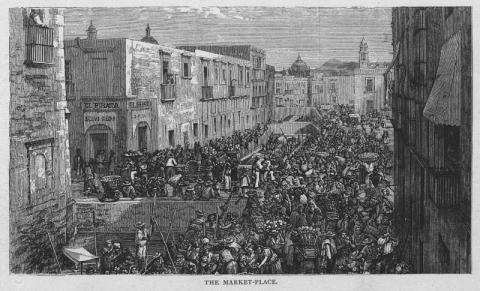Biographies | Broadsides | Correspondence | Essays | Newspapers | Pamphlets & Almanacs | Images | Maps
On January 11, 1847, vice president Valentín Gómez Farías signed legislation authorizing the government to requisition up to fifteen million pesos worth of Church property to help finance the war against the United States. The law drew harsh criticism from the pro-Catholic press and ecclesiastical authorities.
On February 26, five National Guard regiments rose up in revolt, led by General Matías Peña y Barragán. The coup's ringleaders issued a thirteen article plan calling for the resignation of Santa Anna and Gómez Farías, and declaring null and void the anti-clerical January law. Drawn from the ranks of the urban aristocracy, the five National Guard units were the sons of doctors, lawyers and merchants. The rebels were known by their enemies as polkos, a name that seems to have derived from the polka dance, which was popular in elite society.
Rejecting an offer of amnesty from Gómez Farías on the second day of the revolt, the rebels took control of several church buildings in Mexico City. Fighting continued in the streets of Mexico City until Santa Anna returned after the battle of Buena Vista. He forged a peace settlement with the rebel leaders. Congress abolished the office of vice president, effectively removing Gómez Farías from office. Santa Anna also agreed to the repeal of the January 11 law in exchange for a donation of 1.5 million pesos from the Church to fund the war.

